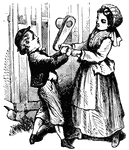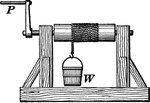Clipart tagged: ‘crank’

Pursing Block
A block used in hauling in the pursing line or bridle of a purseseine. Two of these attached o the purse-davit…

Crank
"The simplest idea of a crank is that of a handle to a wheel; its action is familiarly illustrated in…
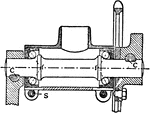
Crank-axle Bearing
"The usual form of crank-axle bearing which has inward-cups and is cup-adjusting. The end of the bracket…
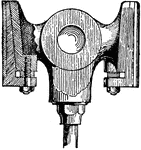
Crosshead
A beam or rod stretching across the top of something; specifically, the bar at the end of a piston rod…
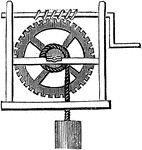
Endless Screw
"The threads of the screw act upon the teeth cut into the wheel. As the screw turns, each thread catches…
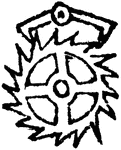
Escapement
"A crank which regulates the motion of the chief or escapement wheel of a train of clock-work worked…

Crank Mechanism
An arm attached at right angles to a rotating shaft by which reciprocating motion is imparted to or…
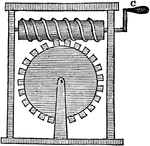
Screw and Wheel
"It is apparent by turning the crank, C, the wheel will revolve, for the thread of the screw passes…
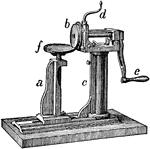
Seaming Machine
"Seaming-Maching. (a), vertical shaft and support, horizontally adjustable, and carrying at the top…

Chemical Telephone
An illustration of one of the early telephones, known as a chemical telephone. Some used a liquid transmitter,…
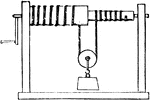
Windlass
"Windlass.—The common windlass for drawing water is another modification of the wheel and axle.…
